Fantasmagorie, crafted by Émile Cohl, is acknowledged as the inaugural hand-drawn animated film and is regarded as the first animated cartoon. Fantasmagorie represents a remarkable landmark in the world of animation. While many assert that “Humorous Phases of Funny Faces” was the first animation, which is accurate, it originated from an artist sketching characters and employing a recording method rather than a stop-frame approach.
Fantasmagorie stands as the pioneer in fully animated films. The groundbreaking double exposure technique was ingenious for its era, and the animation continues to be recognized as one of the finest of its time.
Country: France
Initial release: August 17, 1908
Director: Émile Cohl
Cast: Personajes Animados
Producer: Émile Cohl
Production company: Gaumont
Distributed by: Gaumont
Language: None / Silent film
The World’s First Cartoon: Fantasmagorie
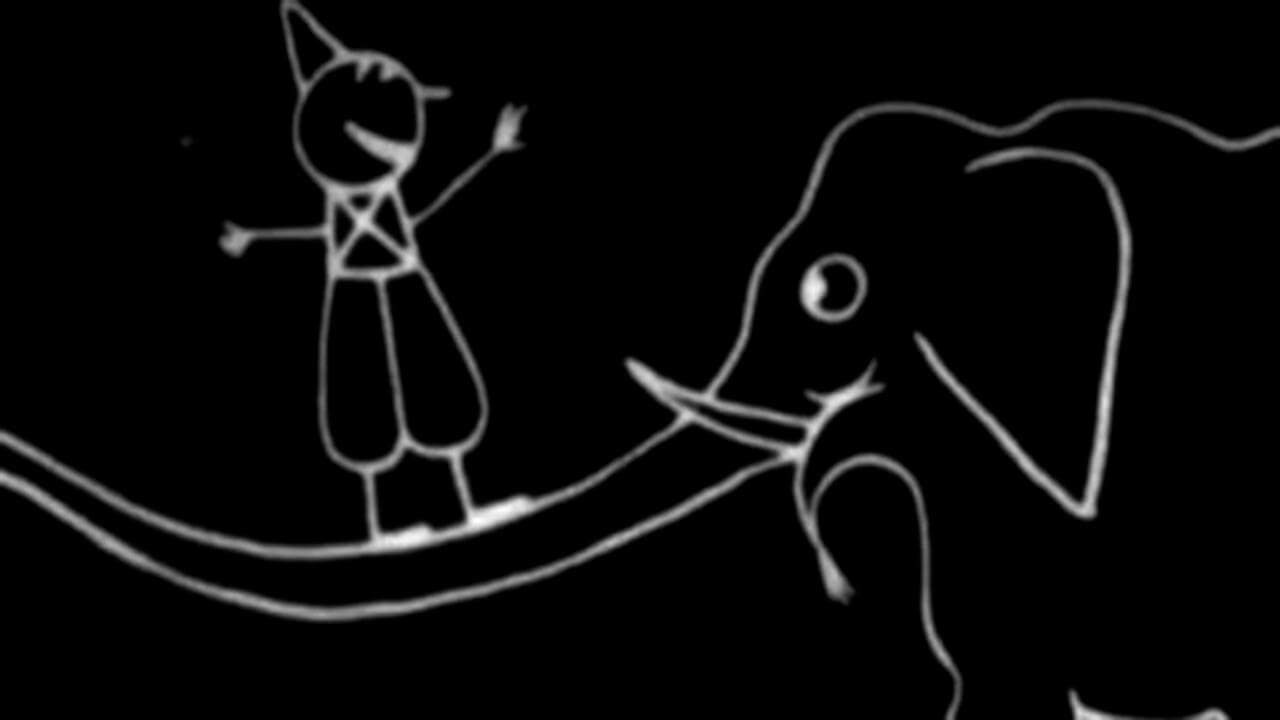
In the prehistoric age of 1908, an eccentric Frenchman named Émile Cohl, also known as the “Father of the Animated Cartoon,” revolutionized the entertainment world with a simple yet groundbreaking concept: moving drawings!
Fantasmagorie, a marvel for its time, features a whirlwind of black-and-white, hand-drawn images that dance, twist, and morph onscreen.
It tickles our collective funny bones and paved the way for iconic characters such as Mickey Mouse, Bugs Bunny, and Homer Simpson.
A Fantasmagorical Ride
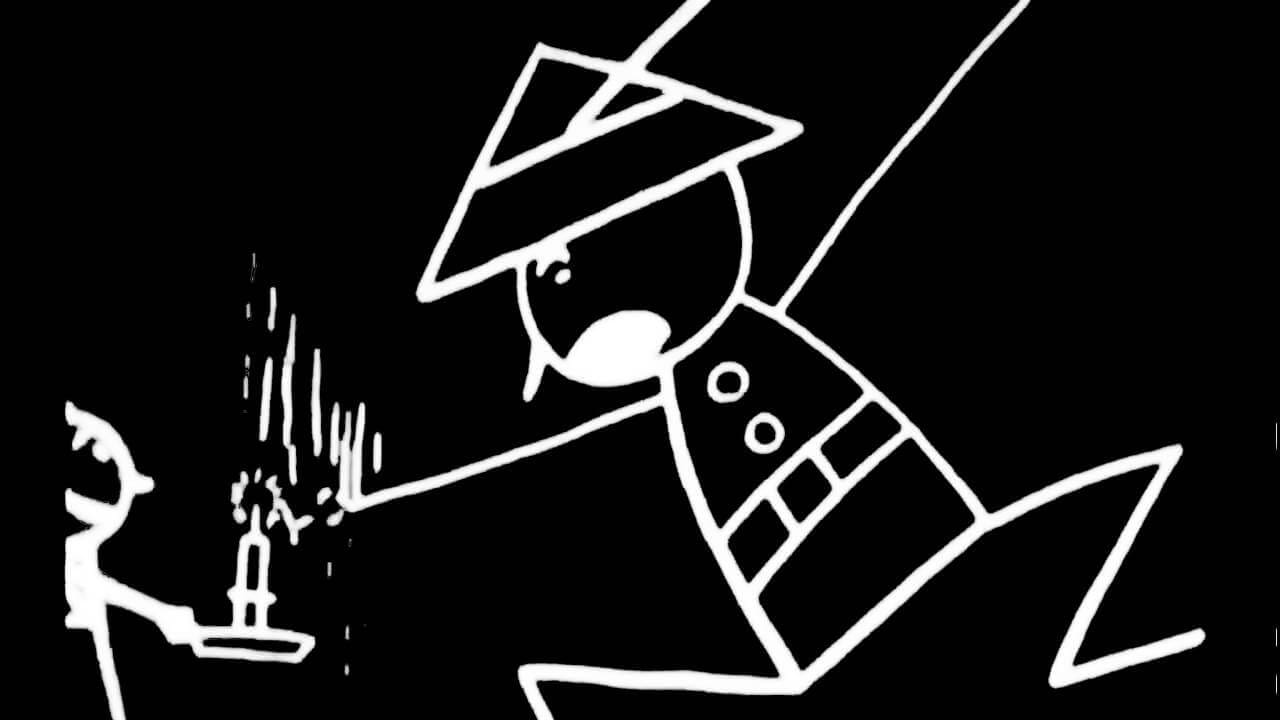
Over approximately five months, from February 1908 to either May or June, Emile Cohl created Fantasmagorie, producing 700 drawings for the 1-minute-20-second film. Cohl utilized an illuminated glass plate to trace consecutive drawings with the necessary variations, ensuring consistent movement and continuity among the images.
Although the film resembles the popular chalkboard caricatures of the time, it consists of pen-on-paper drawings that were double exposed to create a negative film effect of white lines on black. This ‘chalk line effect’ drew inspiration from the famous early animator James Stuart Blackton.
Cohl and a camera assistant created the film, which projected at a rate of 16 frames per second. Cohl crafted eight drawings for each second and photographed each image twice. They placed the drawings one by one on a lightbox and photographed them, adjusting their positions as needed.
In his book Emile Cohl, Caricature, and Film, Donald Crafton explains, “At the beginning and end, Cohl’s own hands appeared in positive, necessitating in these two shots the use of white ink on black paper to match the negative animation sequence.”
The Man Behind the Magic: Émile Cohl
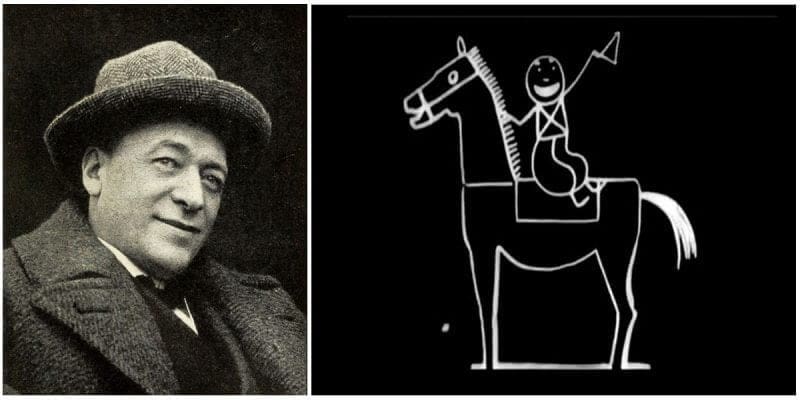
Born in Paris on January 4, 1857, as Émile Eugène Jean Louis Courtet, Émile Cohl was an innovative and multi-talented artist who worked across various disciplines, including painting, caricature, and animation. Before entering the animation world, Cohl had already established himself as a well-known caricaturist, contributing to numerous French publications and co-founding the Incoherent Movement, an artistic movement dedicated to the absurd and nonsensical.
When Cohl ventured into animation, he drew on his caricature experience, combining his artistic expertise with his love for the ridiculous and surreal. This unique approach ultimately led him to create the first-ever animated cartoon, Fantasmagorie.
Inkwell Shenanigans
Of course, it would be a grave injustice, not to mention the painstaking process Cohl undertook to create Fantasmagorie. In an age devoid of digital shortcuts, Cohl singlehandedly produced this animated masterpiece by drawing each frame on paper, photographing them, and then painstakingly arranging them in a sequence to create the illusion of movement.
The result? A mesmerizing, fluid dance of ink that would give birth to an entire industry of animated entertainment.
A Legacy to Laugh About
Fantasmagorie’s impact reverberates through the annals of history, paving the way for countless animators, comedians, and storytellers to follow in Cohl’s inky footsteps.
Today, we enjoy many animated films and series that owe their existence to this humble, black-and-white triumph.
The Simpsons, Family Guy, and even Pixar movie offerings are all indebted to the creative genius of Émile Cohl and his trailblazing work in Fantasmagorie.
Producing the Fantasmagorical Classic
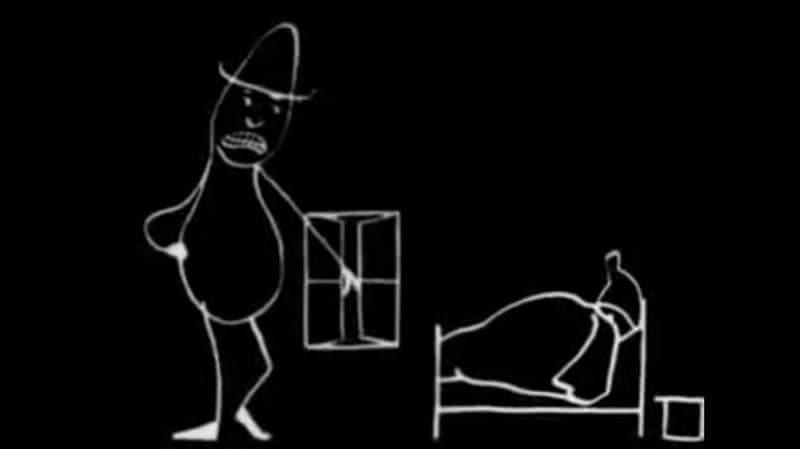
The process of creating Fantasmagorie was anything but simple. In a time when computers were still a distant dream, Cohl had to rely on traditional methods to bring his whimsical world to life.
Concept and Storyboarding
Cohl began by devising a loose narrative for Fantasmagorie, which involved a dapper gentleman interacting with a shape-shifting world. He then sketched out his ideas in a series of storyboards, mapping out the film’s visual progression.
Hand-drawn Animation
Cohl then painstakingly drew each frame by hand, using pen and ink on large sheets of paper. This involved a staggering 700 individual drawings, each slightly different from the last, to create the illusion of movement when viewed quickly.
Photography and Assembly
Once the drawings were complete, Cohl photographed each frame using stop-motion photography. The photographs were then developed and assembled sequentially to create a continuous film strip.
Projection and Release
With the film strip ready, Fantasmagorie was projected onto a screen using a magic lantern, an early image projector. The film premiered at the Théâtre du Gymnase in Paris on August 17, 1908, leaving audiences dazzled by the groundbreaking blend of animation and whimsy.
Cohl’s Lasting Impact
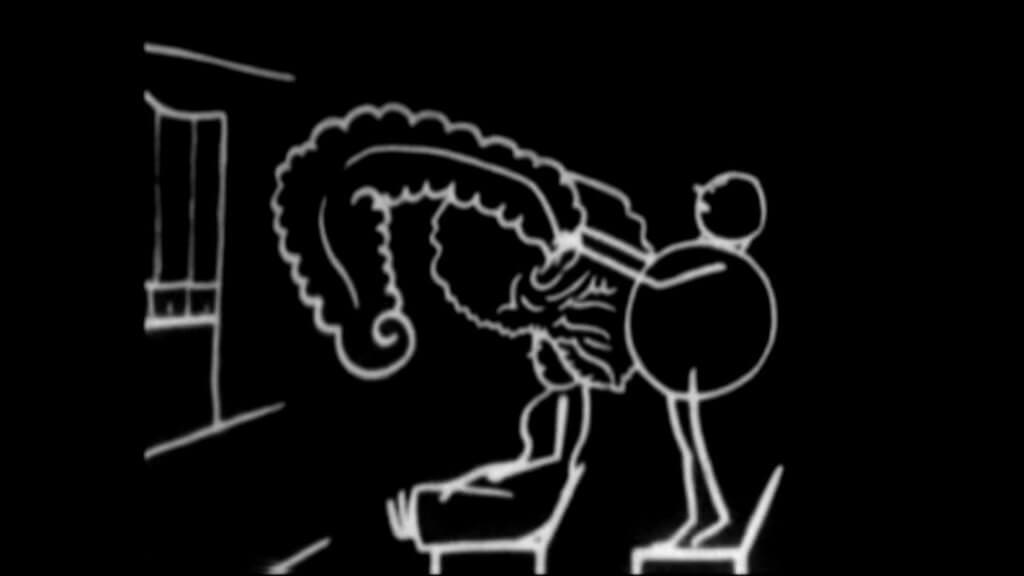
Émile Cohl’s Fantasmagorie ushered in a new era of entertainment. His inventive use of animation and storytelling inspired numerous artists to delve into the medium and push its limits. Consequently, people often refer to Cohl as the “Father of the Animated Cartoon.”
Following Fantasmagorie, Cohl experimented with animation, producing over 250 films in his lifetime, such as The Puppet’s Nightmare (1908) and The Hasher’s Delirium (1910). His trailblazing work influenced notable animators like Winsor McCay, Walt Disney, and Hayao Miyazaki, among countless others.
Over a century after Fantasmagorie’s debut, Émile Cohl’s lasting impact on the animation world remains apparent. His creative genius and unwavering commitment to his craft have created an enduring legacy, motivating generations of artists to bring joy and laughter to audiences worldwide.
A Symphony of Humor
Over the years, the world of animation evolved into a symphony of laughter featuring diverse comedic styles from every corner of the globe.
The wit found in British classics like Wallace and Gromit, the satirical edge in Japanese cult favorites such as Spirited Away, and the irreverent humor of modern American sensations like Rick and Morty all connects back to Émile Cohl’s pioneering work.
Each new generation of animators and storytellers builds on Cohl’s original vision, transforming the cartoon world into a rich tapestry of humor and creativity.
Watch Fantasmagorie from 1908